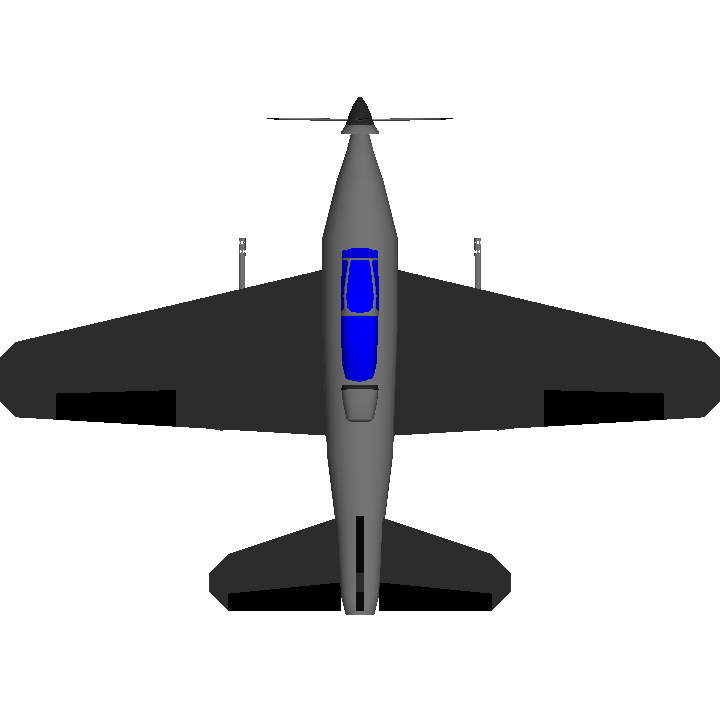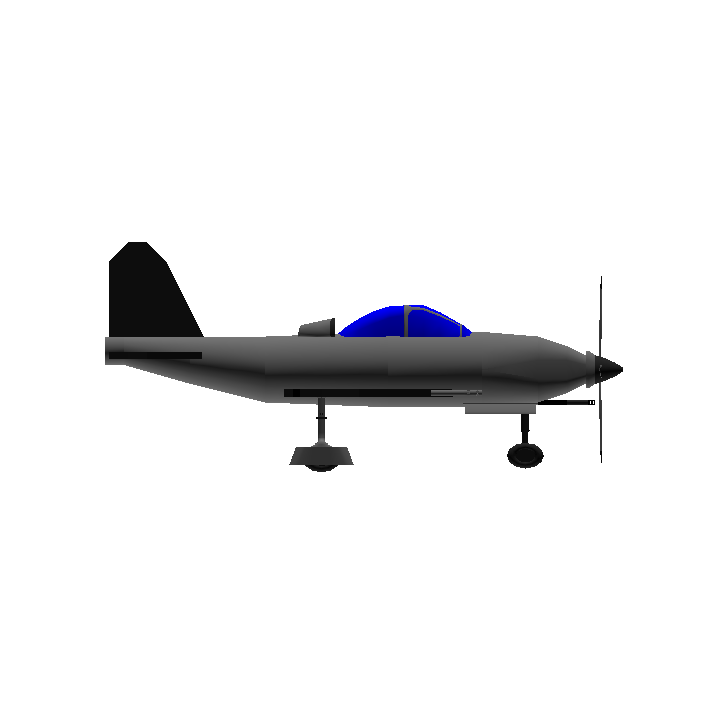Wiki: In February 1937, Lieutenant Benjamin S. Kelsey, Project Officer for Fighters at the United States Army Air Corps (USAAC), and Captain Gordon P. Saville, fighter tactics instructor at the Air Corps Tactical School, issued a specification for a new fighter via Circular Proposal X-609. It was a request for a single-engine high-altitude "interceptor" having "the tactical mission of interception and attack of hostile aircraft at high altitude". Despite being called an interceptor, the proposed aircraft's role was simply an extension of the traditional pursuit (fighter) role, using a heavier and more powerful aircraft at higher altitude. Specifications called for at least 1,000 lb (450 kg) of heavy armament including a cannon, a liquid-cooled Allison engine with a General Electric turbo-supercharger, tricycle landing gear, a level airspeed of at least 360 mph (580 km/h) at altitude, and a climb to 20,000 ft (6,100 m) within six minutes. This was the most demanding set of fighter specifications the USAAC had presented to that date. Although Bell's limited fighter design work had previously resulted in the unusual Bell YFM-1 Airacuda, the Model 12 proposal adopted an equally original configuration with an Allison V-12 engine mounted in the middle of the fuselage, just behind the cockpit, and a propeller driven by a shaft passing beneath the pilot's feet under the cockpit floor. The main purpose of this configuration was to free up space for a 37 mm Browning Arms Company T9 cannon, later produced by Oldsmobile, firing through the center of the propeller hub for optimum accuracy and stability. This happened because H.M. Poyer, designer for project leader Robert Woods, was impressed by the power of this weapon and pressed for its incorporation. This was unusual, because fighter design had previously been driven by the intended engine, not the weapon system. Although devastating when it worked, the T9 had very limited ammunition, a low rate of fire, and was prone to jamm
Specifications
Spotlights
- RepublicofWrightIsles 6 months ago
General Characteristics
- Predecessor 1st Gen Jet Body
- Created On Android
- Wingspan 31.3ft (9.5m)
- Length 22.2ft (6.8m)
- Height 10.0ft (3.0m)
- Empty Weight 3,885lbs (1,762kg)
- Loaded Weight 8,128lbs (3,686kg)
Performance
- Horse Power/Weight Ratio 0.123
- Wing Loading 40.7lbs/ft2 (198.6kg/m2)
- Wing Area 199.8ft2 (18.6m2)
- Drag Points 1512
Parts
- Number of Parts 28
- Control Surfaces 4
- Performance Cost 214





